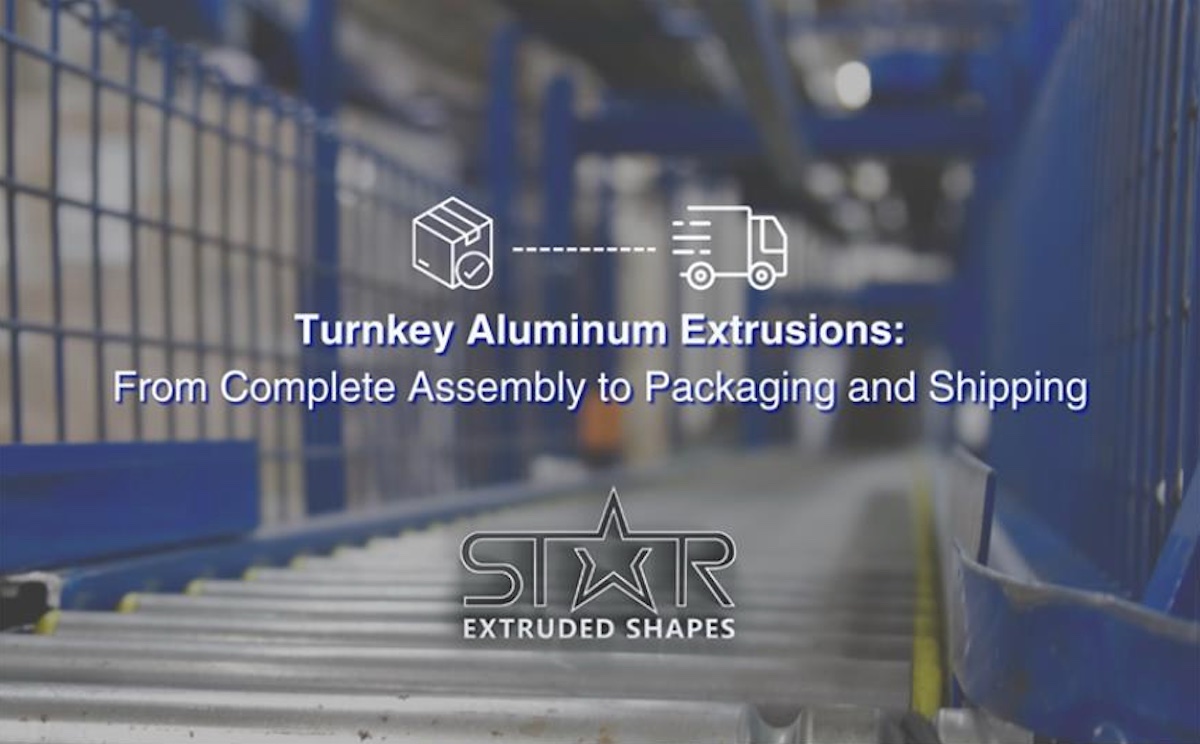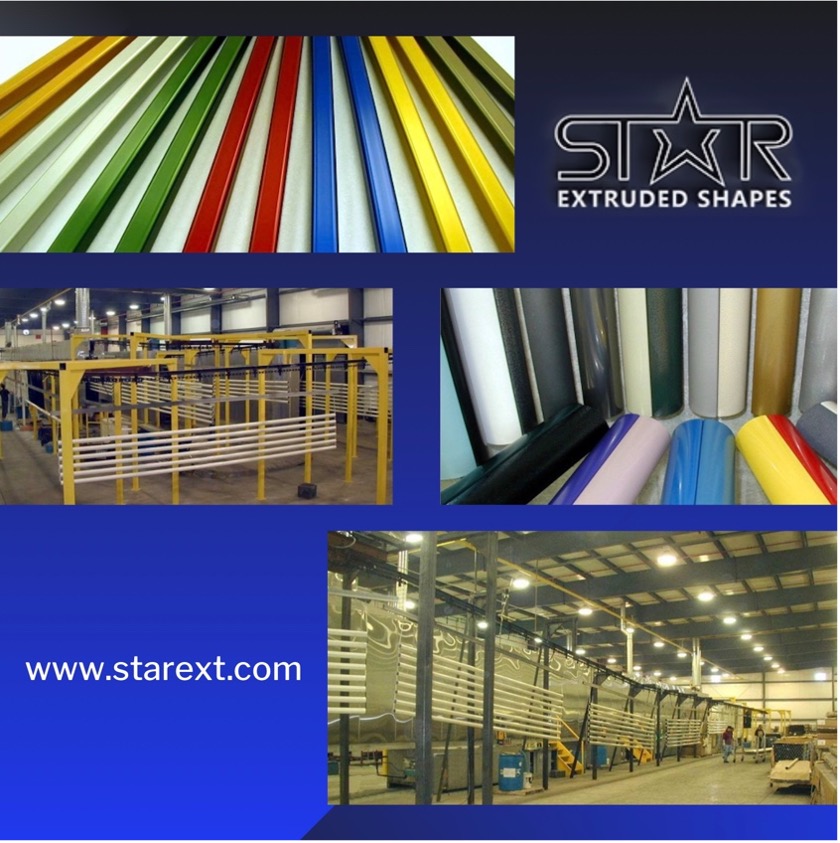Aluminum is an extraordinarily versatile material. This measure of functionality would not be feasible without the presence of different production styles. When it comes to aluminum shaping, there are two popular methods: drawn and extruded.
Both processes involve using a die or mold, and follow identical production guidelines: aluminum is shaped into a billet and cut to a specific length. But that’s pretty much where the similarities end. Drawn and extruded aluminum each possesses unique characteristics and qualities with value-added benefits for your business.
When it’s time to submit an RFQ for your next aluminum project, what are some things you should consider with drawn or extruded aluminum? We’ve compiled a list of questions and answers laying out the pros, the cons and main differences between the two methods to ensure you get the best solution.
How does the drawn aluminum process work?
As we mentioned, aluminum is curated into a shape with heat and involves a mold or die cavity. Drawn aluminum follows suit, but with a significant key difference: plastic deformation.
In this process, when aluminum is forced through a die, it’s stretched out to the form of the desired part, then pushed through a second die, undergoing what is known as cold drawing or cold working. The ability to permanently distort a material to compressive, bending or torsion stresses is called plastic deformation. This point of the process is when the final dimensions of the product are determined.
Which applications work best with drawn aluminum?
Intricate or circular objects such as cans, tubes, pots and pans; drawn aluminum is ideal for products requiring tight tolerances and thin walls, ensuring structural integrity and predictable performance under pressure.
Are there any flaws with drawn aluminum tubing?
It can’t be stressed enough the importance of knowing the plasticity of aluminum before beginning the process. If the material is pulled too much, it becomes brittle and fragile, and ultimately tears. So, be mindful of aluminum grade, alloying elements and strengthening process when going with drawn aluminum.
What is extruded aluminum?
Aluminum extrusion is the method of forcing aluminum through a shaped opening in a die or mold, producing a desired configuration of the final product. To visualize the operation, think of children’s modeling clay. It comes with a shape tool kit featuring different molds and profiles. Select a specific profile; push the clay through the uniquely shaped hole and out comes the predicted shape – hence, extruded aluminum.
How does the aluminum extrusion process differ from drawn aluminum?
The extruded aluminum method begins with heating the material to a high temperature. Once the aluminum is soft and malleable, it’s forced through the die. The difference between aluminum extrusion and drawn aluminum is temperature. As we stated, drawn applies cold drawing, which is conducted at room temperature, rather than at a very high temperature.
Which products are best for extruded aluminum?
With drawn aluminum, the best results are produced for small, detailed and round components. For extruded aluminum, there’s a considerable capacity to shape various applications, such as brackets, tubing, doors, window frames, railing and much more.
With costs, which process is the better bargain?
Cold drawing is more complex and involves an extensive collection of tools and materials to ensure the drawn aluminum process is completed effectively. Aluminum extrusion can achieve faster manufacturing with inexpensive tooling and less material waste. On average, you can expect to pay less for extruded aluminum than drawn aluminum. However, it all depends on the shape you are trying to produce.
There you have it – answers to the most important questions regarding drawn and extruded aluminum. Ready to begin your next aluminum project? Perhaps you have a few more questions you like answered? At Star Extruded Shapes, we are your complete aluminum extrusion provider with turnkey solutions for all of your project needs. Let’s talk today about taking your aluminum project to the next





